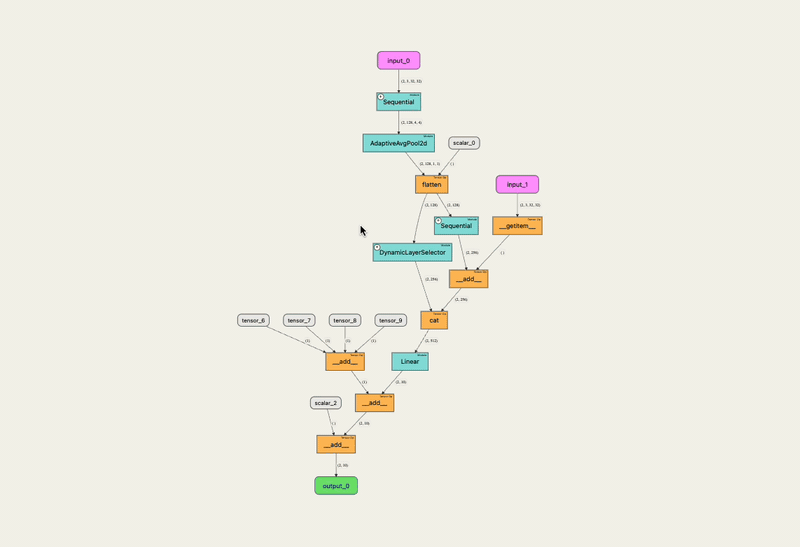Sound waves are fascinating phenomena that shape our auditory experiences and communication. Originating from vibrations, they travel through various media, allowing us to perceive a wide range of sounds—from the gentle rustle of leaves to the vibrant notes of a symphony. Understanding sound waves not only enhances our appreciation of music and language but also sheds light on underlying physical principles.
What are sound waves?
Sound waves are disturbances that travel through a medium due to the vibrations of objects. These waves create pressure fluctuations, enabling sound to propagate through gases, liquids, and solids. They can be classified as mechanical waves, which require a medium for transmission.
Historical background of sound waves
The journey of understanding sound began in ancient times.
- Ancient theories: Early thinkers like Vitruvius and Boethius explored how sound propagates, laying the groundwork for later inquiry.
- Scientific advancements: Galileo Galilei made significant contributions by investigating sound’s wave-like behavior, helping to forge a path for modern acoustics.
These early observations paved the way for a deeper scientific examination of sound waves and their characteristics.
Types of mechanical waves
Mechanical waves are classified into two primary types: longitudinal and transverse waves.
Longitudinal waves
Longitudinal waves are characterized by particle movement parallel to the direction of wave propagation.
- Definition and properties: In these waves, particles compress and rarefy, creating alternating zones of high and low pressure.
- Example: When a tuning fork vibrates, it produces longitudinal sound waves that travel through the air.
These properties can influence how we perceive sounds in different environments.
Transverse waves
Transverse waves differ from longitudinal waves in that particle movement occurs perpendicular to the wave direction.
- Definition and properties: In this type, energy propagates through oscillations at right angles to the direction of travel.
- Example: The movement of ripples on a water surface demonstrates this wave type beautifully.
Understanding these distinctions is crucial for grasping how sound characteristics can vary.
Characteristics of sound waves
The primary characteristics of sound waves include amplitude, frequency, time and duration, velocity, and wavelength. Each plays a distinctive role in how we perceive sound.
- Amplitude: Determines the loudness of a sound, with greater amplitudes corresponding to louder sounds.
- Frequency: Measured in hertz (Hz), frequency dictates the pitch, with higher frequencies producing higher pitches.
- Time and duration: Indicates how long a sound lasts, influencing musical rhythms and speech patterns.
- Velocity: Sound speed varies across media; it travels faster in solids than in gases.
- Wavelength: Relates to the distance between consecutive compressions or rarefactions, impacting audio transmission.
These characteristics collectively define the sonic landscape we experience daily.
Hearing mechanism of sound waves
The human hearing mechanism is remarkably complex, allowing for the intricate processing of sound waves.
- Outer ear structure: The auricle and ear canal are essential for capturing sound waves and directing them inward.
- Vibration transmission: The eardrum vibrates in response to incoming sound, transmitting these vibrations through the ossicles (incus, malleus, stapes) before reaching the inner ear.
- Bone conduction technology: Devices like bone conduction headphones leverage alternative sound transmission methods, bypassing some traditional pathways.
This intricate system exemplifies the sophistication of auditory perception.
Related concepts of sound waves
Beyond basic properties and mechanisms, several additional concepts enhance our understanding of sound waves.
- Harmonic sound patterns: These patterns describe the relationships between the fundamental frequency and its overtones, shaping musical tones.
- Principle of piezoelectricity: This principle underlies various sound technologies, converting mechanical stress into electrical signals.
- Sound latency in audio technology: Latency refers to the delay between sound production and perception, significant in live sound applications.
Exploring these related concepts reveals the multifaceted nature of sound waves and their applications in technology and art.

